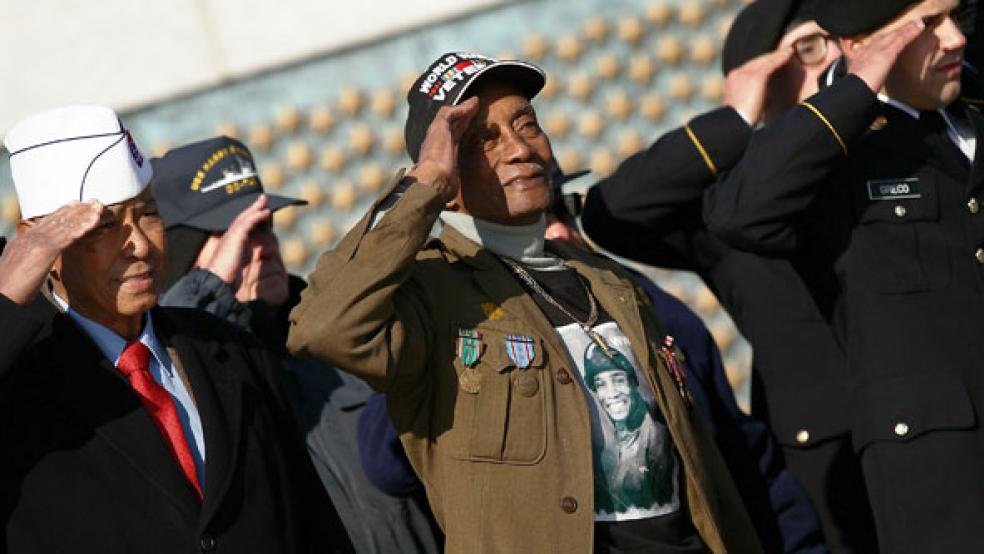A 30-minute wait can be an eternity for troubled veterans pondering suicide. Desperate veterans were put on hold and given a recorded message that said if they were “having thoughts of suicide” to hang up and dial a 1-800 number, according to Scott Blackburn, interim deputy secretary at the VA. Many just hung up.
The Veterans Affairs Department’s much-derided suicide hotline goal was to have no more than 10 percent of calls routed to overflow can centers. Yet as of last November, the rate was nearly 30 percent the Inspector General for the VA reported.
Related: The $92 Billion VA Still Doesn't Have Its Act Together
In March, the IG issued a report which found that needed improvements to the emergency hotline for had not been made and that many veterans who called the hotline seeking assistance were being routed to overflow call centers. Some were being placed in a line for up to a half hour waiting for their call to be answered.
That situation was “unacceptable,” Blackburn said last week at ACT-IAC’s Customer Experience Summit, according to Nextgov.com. At a time when the VA was still reeling from a scandal in which hundreds of veterans had died waiting for medical treatment at VA medical centers, fixing the problem with the hotline became the primary objective.
With former VA secretary Robert McDonald at the helm, the long waits gradually abated. Today, veterans who call in search of the VA crisis line are greeted with a message to “press 7” to connect with the line. And the tweaks and other improvements have reduced the rollover rate to less than one percent, he said.
Related: VA Hospitals Struggle With a Growing Problem: Drug Theft by Employees
The Veterans Crisis Line (VCL) was established in 2007 and answers roughly 500,000 calls a year. The hotline has surged in popularity and use, which prompted the VA to open a second crisis hub in Atlanta to go along with the one in New York.
“We realized demand jump,” Blackburn said. “It’s great because we’re helping more people but it was bad because we weren’t ready to handle that volume. That’s quite a transformation, and this is happening very much in real time.”





